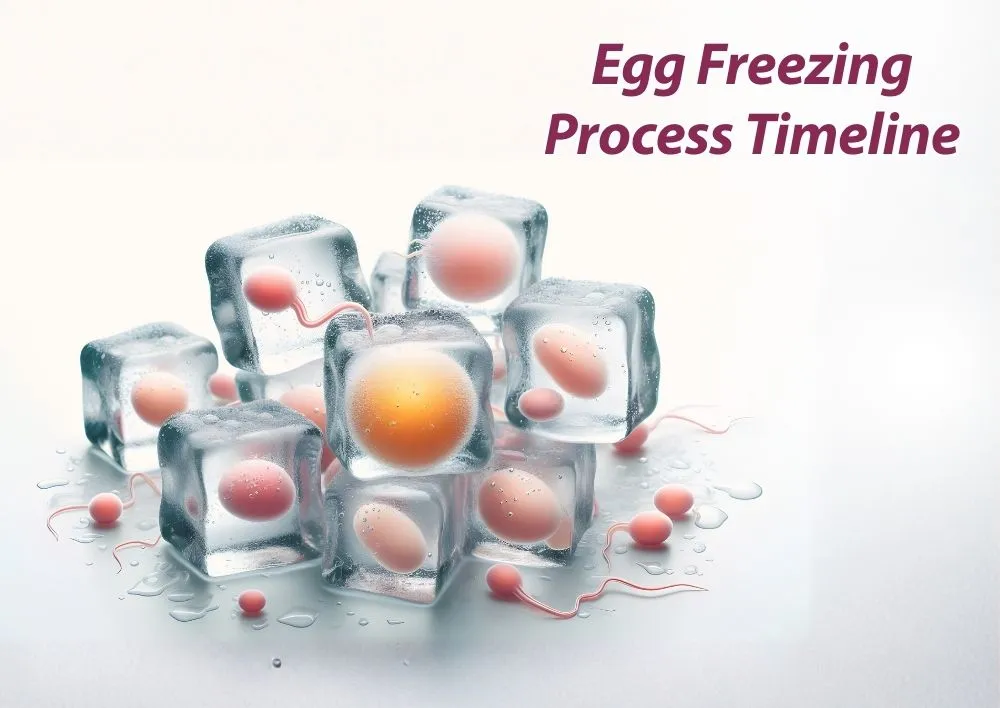Menstrual Problems - Things That Can Lead To It!
By the time a woman enters adolescence age, monthly periods become a part of her routine normal life. Regular periods reflect that a woman’s body is working normally. However, some women suffer from menstrual problems including irregular periods and uterine bleeding. Most often, this bleeding is abnormal and dysfunctional, with most women not able to identify a set pattern to it. Then is the time that you need to seek the best women doctor or a gynaecologist near you.
The list below identifies the most common forms of abnormal or dysfunctional uterine bleeding:
- A normal menstrual cycle occurs with a gap of anywhere from 21 to 35 days. Anything shorter than 21 days or longer than 35 days is defined as an irregular period
- Complete lack of period for up to 3 to 5 months is termed as amenorrhea
- Bleeding that is heavier or lasts longer than usual, and occurs before the due date for that month’s period
- Scanty bleeding between periods
- Spotting or bleeding after sexual intercourse
- Spotting or bleeding even after menopause
Causes: The most common causes of abnormal uterine bleeding are as follows:
- Hormonal imbalances can cause absence of period, increased frequency and amount of bleeding
- Miscarriage, bleeding is often the first sign of miscarriage
- Ectopic pregnancy
- Pregnancy
- Cervical or uterine infections
- Polyps
- Uterine fibroids
- Cancers of the reproductive tract
- Polycystic ovaries
- Endometrial hyperplasia
- Problems with blood clotting
Diagnosis: Menstrual problems are very common; however, most women tend to shy away from talking about it and do not come out in the open.
When talking to a gynaecologist, a detailed family history, menstrual history, and physical examination are done to come to a diagnosis. Additional diagnosis can also be done by ultrasound, hysteroscopy, endometrial biopsy.
Treatment: Identifying the problem helps in initiating the right treatment. A combination of the below is usually used in most women.
- Hormonal therapy is based on the underlying condition, and the type and dosage are determined based on it. It could be in the form of tablets, injections, vaginal applications, or released through an intrauterine device.
- Non-steroidal anti-inflammatory drugs (NSAIDs) like ibuprofen are useful in reducing bleeding and controlling cramps during excessive menstrual bleeding.
- Antibiotics may be useful if there is an infection of the pelvic organs
- Polyps, cysts, and cancers can be removed surgically, and cancer should be ruled out
- Endometrial ablation where the endometrial tissue is treated with heat can be used to control bleeding permanently.
- Hysterectomy is the last resort where other forms of treatment fail.
Except for some medical conditions such as pregnancy, postmenstrual period, or something that result in irregular or missed periods. Irregular, painful or heavy periods could be a sign of PCOS or PCOD, skin diseases or even cause infertility. Your gynaecologist can help you to get your menstrual cycle normal. Book an appointment at the best Gynaecologists hospital if experiencing such issues.
Frequently Asked Questions
Period problems can be caused by various factors such as hormonal imbalance, PCOS, thyroid issues, stress, excessive exercise, or underlying medical conditions.
The most common cause of menstrual disorders is a hormonal imbalance affecting estrogen and progesterone levels.
Stress, weight changes, diet, sleep patterns, medications, and health conditions like PCOS or thyroid disorders can affect your menstrual cycle.
Yes, various things like changes in lifestyle, stress, or even certain medications can start or delay periods.
Stress can delay periods by affecting hormone production, though in some cases, it can lead to early or irregular bleeding.
Pregnancy, PCOS, stress, thyroid problems, sudden weight gain/loss, or excessive exercise can cause delayed periods.
Miracles Apollo Cradle, Gurgaon, has a team of top gynecologists renowned for treating menstrual disorders with personalized care and advanced treatment options.















Was the information useful?
1 0